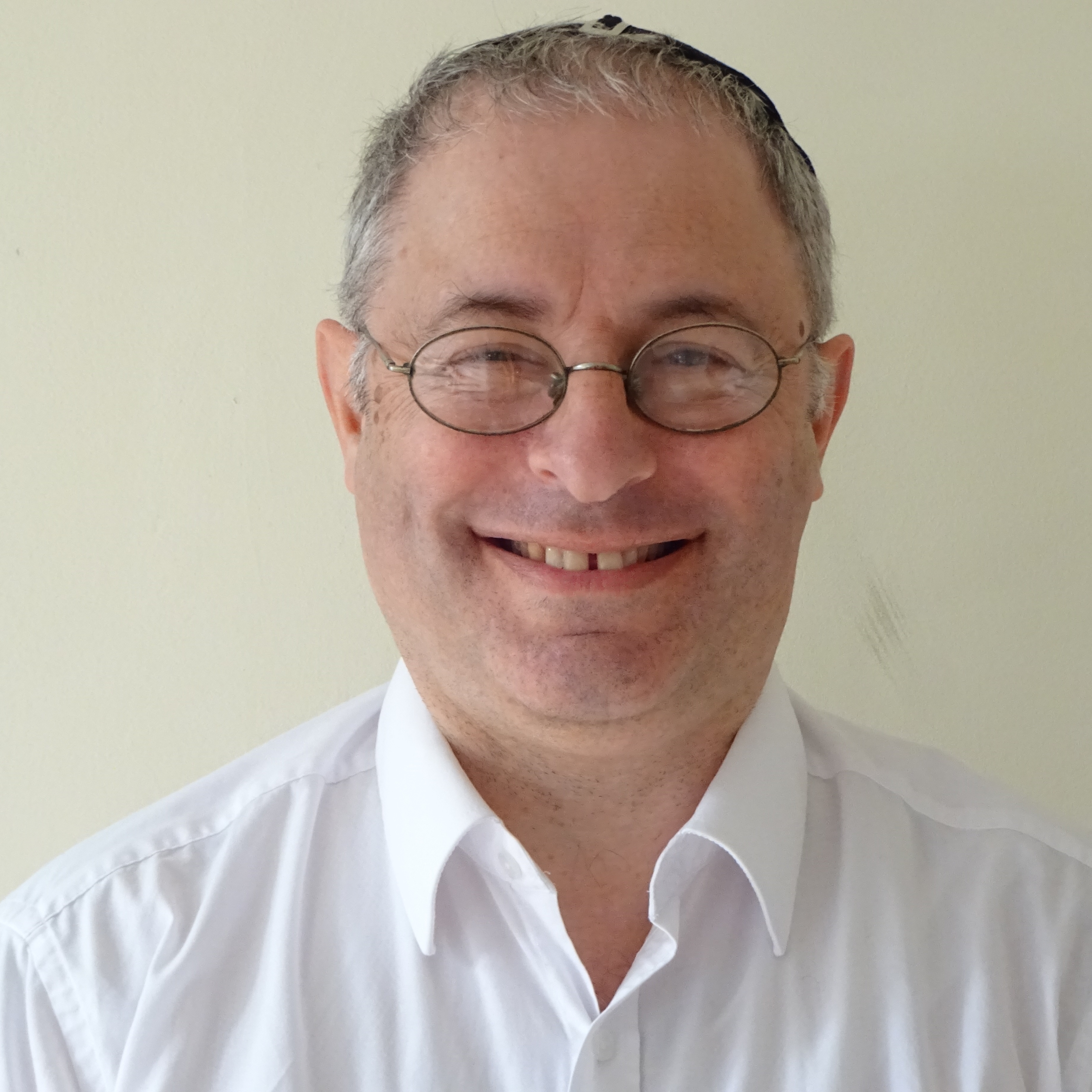
Dr Robert Cohen
Dr Robert Cohen has been a Consultant Addiction Psychiatrist since 1995, and currently works for Change Grow Live Ltd in the CGL ResoLUTiONs service in Luton. He is a regular contributor to the SSA Annual Symposium and has previously submitted contributions on the subjects of doses in OST, inpatient alcohol detoxification, compulsory treatment through the criminal justice system, hair testing for alcohol, breathalyser testing in alcohol dependent and alcohol using opiate patients, respiratory difficulties in opiate users, and successful discharges from opiate substitution therapy. He advanced an updated view of what addiction is at the Sri Lanka College of Psychiatrists Annual Conference in 2013. His presentations arise out of his clinical work; this year he examines how people progress through opiate substitution therapy.
Successful discharges from opiate substitution therapy – dose reduction to zero
The Recovery Model at the heart of the current UK Drug Strategy aims to help opiate dependent people become abstinent from illicit and prescribed opiates. There is little data about how many people receiving opiate substitution therapy become drug free and how they do it. This study addresses this gap. Data of patients receiving opiate substitution therapy from the Luton Drug Service (at that time provided by Cambridgeshire Community Services NHS Trust) were collected from the electronic medical record. They included the doses of sequential prescriptions throughout treatment and the date that treatment started. From this, it could be calculated for how many patients the dose was reduced to zero and how long ths process took. in 2015-16, 82 patients were successfully discharged drug-free from the service. Of them, 26 completed reduction of dose to zero. The length of time in treatment showed a bimodal distribution, with 19 patients completing detoxification in 0-3 years, and 7 patients in 6-12 years. The highest daily dose of methadone prescribed in the former group was 65mg (mean 46mg), for the latter group it was 100mg (mean 79mg). These results, concordant with other studies, suggest that reduction to zero is not common, occurs in 2 patterns of distribution, and does not necessarily require the high doses advised in conventional guidelines.
Co-Authors
None
Conflicts of interest:
No conflict of interest
Click here for presentation slides.